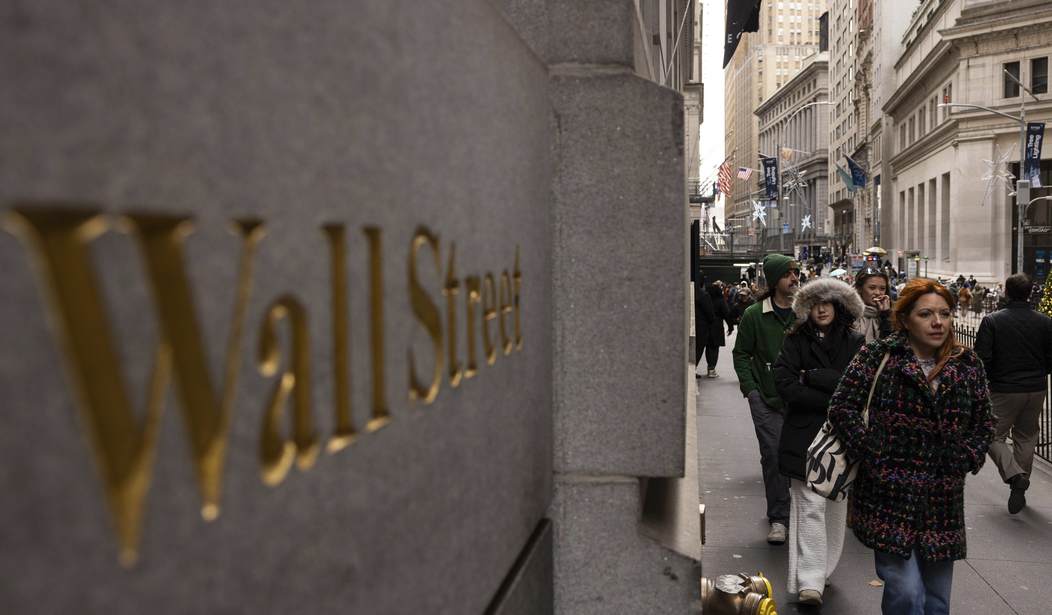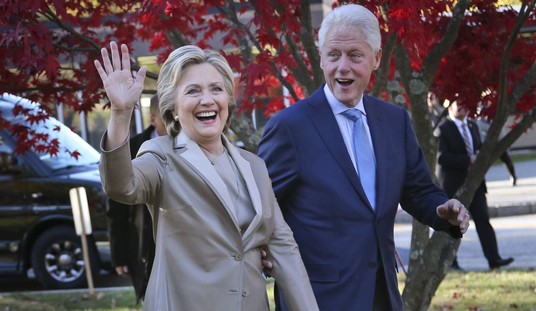While the latest inflation data seems to have rattled investors, causing stock futures to tumble, there are reasons to believe this knee-jerk reaction is overblown. Yes, prices rose more than expected in January, but a broader view shows encouraging signs of slow but steady progress.
RELATED:
Say It Ain't So, Joe! January Inflation Rises More Than Expected As Soaring Prices Continue
Focusing solely on the housing component misses key details. Housing may comprise a third of CPI, but used vehicle prices notably declined along with apparel costs. Medical commodities and electricity costs, though up, rose only moderately. This indicates the Fed's tightening is working for many sectors even if housing lags. With used car prices falling, other inflation-sensitive categories may soon follow suit.
The Fed has been clear that housing inflation concerned them most, given housing market tightness. But there are early indications of supply improving and demand slowing in that sector, too. Existing home sales declined for the 12th straight month in January as higher mortgage rates cooled the frenzied pandemic housing market. An uptick in housing starts and building permits points to supply relief coming later this year. As that wave of new supply hits, we can probably expect housing inflation to moderate.
It's also short-sighted to draw sweeping conclusions from a single volatile month of data. Inflation remains well off its June peak of 9.1 percent, and the steady downward trajectory is what matters most to Federal Reserve policymakers. January’s slight upside surprise does not negate the broader trend toward lower prices. And with inflation-adjusted earnings rising, the impact on consumers may prove more muted than markets fear.
Hawkish investors calling for even more aggressive Fed tightening seem to ignore the economic risks of overtightening. While the January data was hotter than expected, it does not point to a 1970s-style wage-price spiral, which might justify drastic action. Hitting the economy with more blunt force rate hikes could easily tip us into recession while providing minimal disinflationary benefit.
Rather than panic, the Fed would be wise to remain calm while monitoring the lagging effects of tightening so far. With consumer prices clearly responding to earlier hikes, now is not the time to slam the brakes. The Fed must balance fighting inflation with cushioning the recovery, not stifle it through overreaction and micromanagement of the economy. After all, stronger economic growth is the solution to higher prices.
In the end, rising prices are worth paying attention to but not overreacting to. A single month's uptick does not undermine the broader progress. With inflation expectations improving and supply constraints steadily easing, the foundation for an increase in price stability remains intact. The Fed should stay the course, avoid panic, and let past tightening continue working its way through the economy.














Join the conversation as a VIP Member